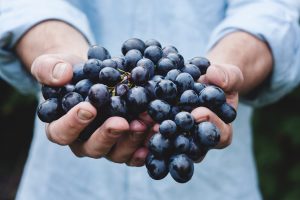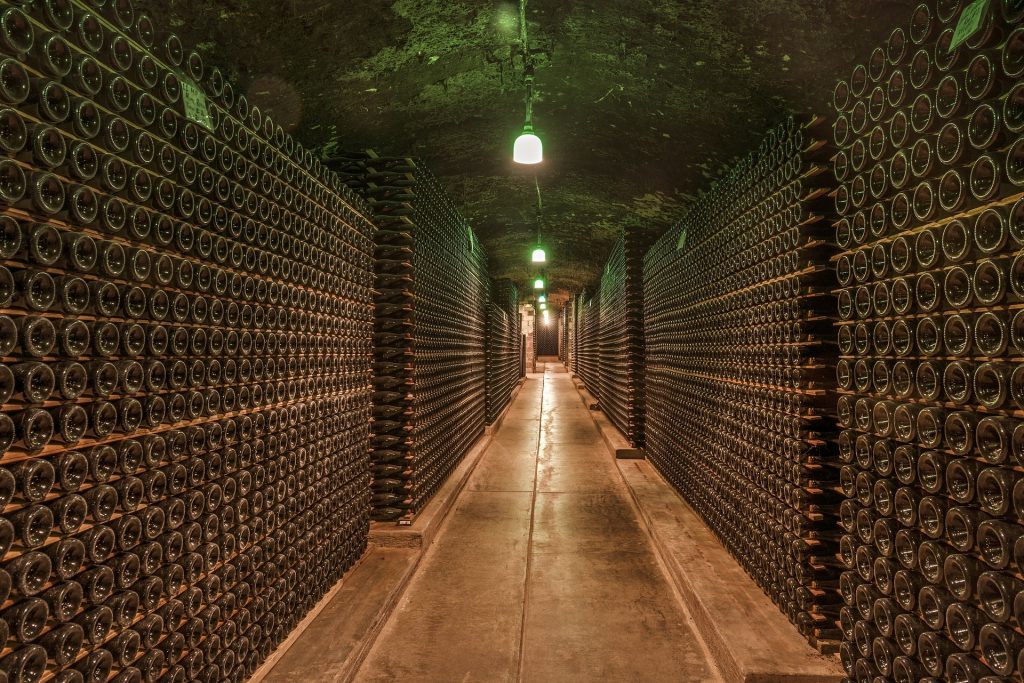Most men look at wine as a fruity drink. Those men would be wrong. Wine comes in as many forms as beer does, and women love it. The Mans Guide to Wine will teach you the basics of wine and maybe the next time you get that second date; you can woo appropriately with your cultured knowledge one of the oldest forms of alcohol in the world.
Some Background
 Our guide to wine starts with some important history. The wine drink has been dated back to 7000 BC in China. In fact, it is one of the oldest forms of consumable alcohol in the world, second only to mead. From the first records of wine in China to the first winery in Armenia, wine is also one of the most popular beverage choices across the globe.
Our guide to wine starts with some important history. The wine drink has been dated back to 7000 BC in China. In fact, it is one of the oldest forms of consumable alcohol in the world, second only to mead. From the first records of wine in China to the first winery in Armenia, wine is also one of the most popular beverage choices across the globe.
Grapes are the primary source for making wine. Although, you can make wine out of any fruit and even some plants. Your basic categories are Reds and Whites and Dessert, based on the color and residual sugar levels of the wine. White wines are made with white grapes such as Chardonnay, Riesling and Pinot Grigio which produce wines of the same names. Red grapes make wines like Cabernet Sauvignon and Pinot Noir. Wine is also made from combinations of grapes. Blends of other wines are used, as well.
Singular grape species and grape combinations make dessert wines. Higher residual sugar levels and alcohol content set dessert wines apart. Dessert wines are normally sweeter and served after dinner. Dessert wines have several sub-categories, but in this article are all considered one. Port, Ice Wine, and Sherry are all examples of dessert wine.
Guide to Wine
These are the four basic descriptive subcategories of wine. Acidity and residual sugar levels give wines distinct textures like dry, sweet, semi-sweet, and off-dry. The higher the acidity level and lower residual sugar level, the dryer the wine will be. The lower the acidity and higher residual sugar, the sweeter the wine.
Dry
 A couple of examples of dry wines would be Chianti and Montepulciano on the red side, Chenin Blanc and Pinot Grigio in the whites, along with blended wines on both sides. They have higher acidity levels which give the impression of dryness when consumed.
A couple of examples of dry wines would be Chianti and Montepulciano on the red side, Chenin Blanc and Pinot Grigio in the whites, along with blended wines on both sides. They have higher acidity levels which give the impression of dryness when consumed.
Sweet
Sweet wines are the polar opposite of dry wines. They have higher residual sugar levels and are commonly dessert wines. Chill your sweet wine or put it over ice. Upstate New Yorkers make wine slushies using sweet reds and whites in the summer. Some examples of sweet wines are ports and ice wines.
Semi-Sweet
 Semi-Sweet wines are well rounded sweet wines. The acidity and residual sugar levels are closer together to present the sweetness of sweet wines and the acidity of dry wines. Some examples of these wines are Gerwurtztraminer and Riesling in whites and Cabernet Sauvignon and Grenache in reds.
Semi-Sweet wines are well rounded sweet wines. The acidity and residual sugar levels are closer together to present the sweetness of sweet wines and the acidity of dry wines. Some examples of these wines are Gerwurtztraminer and Riesling in whites and Cabernet Sauvignon and Grenache in reds.
Off-Dry
Off-Dry wines are similar to semi-sweet. The acidity and residual sugar levels are well-rounded in off-dry wines. But, they are opposite in the fact that they will present more characteristics of dry wines while providing some attributes of sweets. White wines such as Chardonnay and Sauvignon Blanc represent off-dry wines. Wines like Cabernet Franc and Burgundy represent off-dry reds.
What to Expect
Well, this finishes up part one of the Mans Guide to Wine. Next time we’ll get into regional wine, with an emphasis on New Mexico. If you have a region you want to read more about, or if you have anything else you’d like to know more about, let us know by commenting.









